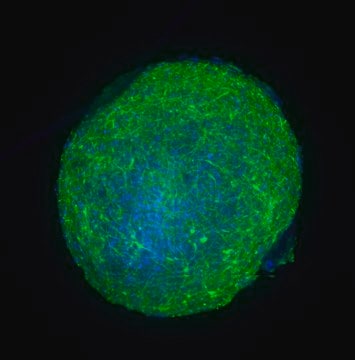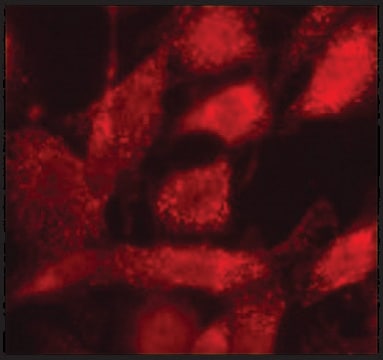PEROX1
Peroxisome Isolation Kit
isolate peroxisomes from tissues and cells
Synonym(s):
Isolation Kit for Peroxisomes, Kit for Peroxisomes, Peroxisome Kit
About This Item
Recommended Products
Quality Level
technique(s)
centrifugation: suitable
fractionation: suitable
shipped in
wet ice
storage temp.
2-8°C
General description
Application
Features and Benefits
- Specially formulated extraction reagents for research scale applications - save time and minimize waste
- Produces functional intact organelles - resulting peroxisomes are suitable for functional studies, metabolic assays, protein profiling, and disease state analysis
- Compatible with products for structure confirmation - easily confirm intactness with companion test kit, Cytochrome C Reductase Assay Kit (Cat. No. CY0100)
Other Notes
Legal Information
Kit Components Also Available Separately
- P8340Protease Inhibitor Cocktail, for use with mammalian cell and tissue extracts, DMSO solutionSDS
signalword
Warning
hcodes
Hazard Classifications
Eye Irrit. 2 - Met. Corr. 1 - Skin Irrit. 2
Storage Class
8A - Combustible corrosive hazardous materials
flash_point_f
188.6 °F - closed cup
flash_point_c
87 °C - closed cup
Certificates of Analysis (COA)
Search for Certificates of Analysis (COA) by entering the products Lot/Batch Number. Lot and Batch Numbers can be found on a product’s label following the words ‘Lot’ or ‘Batch’.
Already Own This Product?
Find documentation for the products that you have recently purchased in the Document Library.
Customers Also Viewed
Articles
Centrifugation separates organelles based on size, shape, and density, facilitating subcellular fractionation across various samples.
Our team of scientists has experience in all areas of research including Life Science, Material Science, Chemical Synthesis, Chromatography, Analytical and many others.
Contact Technical Service










